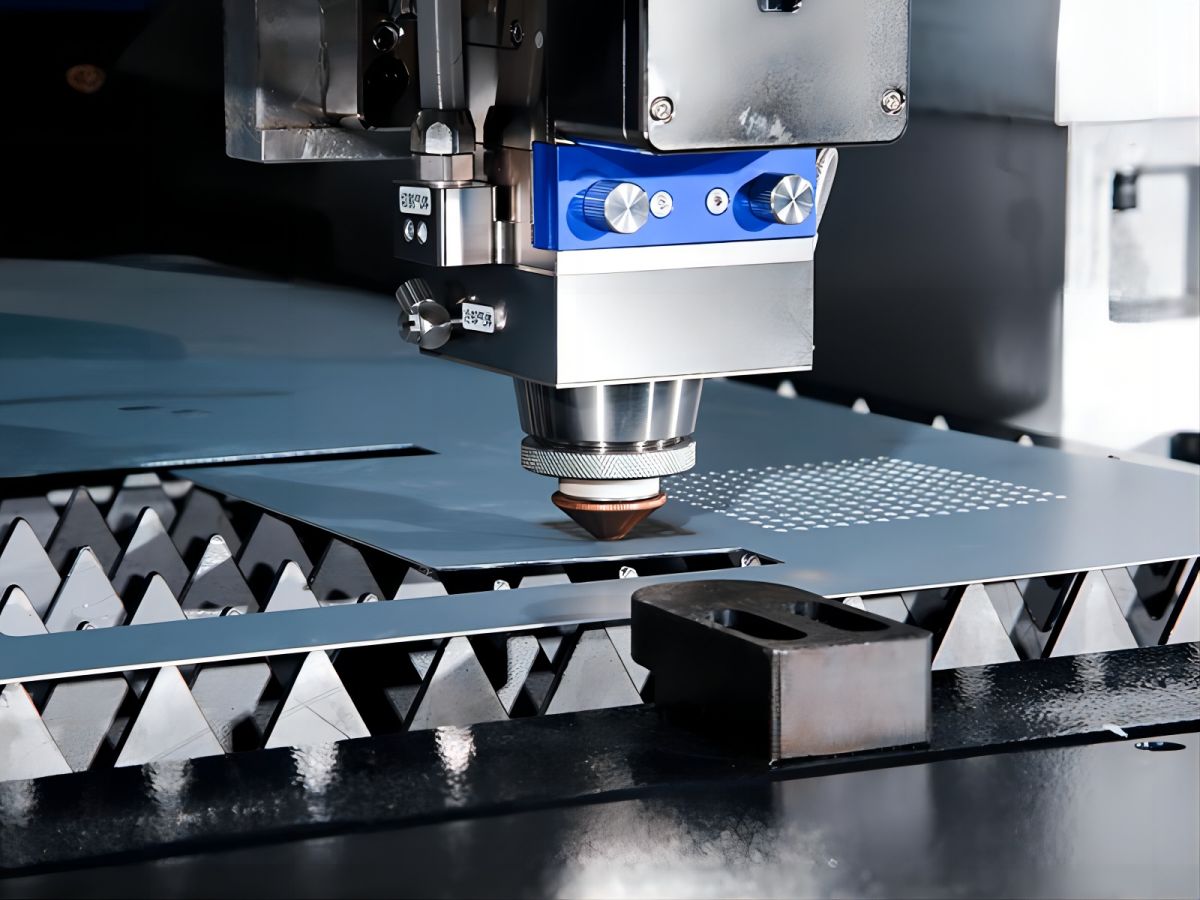Sheet metal fabrication products
The Benefits of Automation in Sheet Metal Fabrication
Sheet metal fabrication is a vital part of many industries, from construction to electronics. It involves shaping flat sheets of metal into useful products, like parts for machines or enclosures for equipment. To do this efficiently and accurately, many companies are turning to advanced technology, such as automatic bending machines and laser cutting machines. These tools help control dimensions and keep production costs low. Let’s explore how these machines work and why they are beneficial for sheet metal fabrication.
What Is Sheet Metal Fabrication?
Sheet metal fabrication is the process of creating objects from metal sheets. This can include cutting, bending, and assembling metal pieces. Common metals used in this process include aluminum, stainless steel, and copper. Precision is key in fabrication, as even small mistakes can lead to parts that do not fit properly or perform poorly.
In the past, many fabrication tasks were done manually, which could be slow and prone to errors. Today, with the help of automation, businesses can improve their efficiency, accuracy, and overall product quality.
How Laser Cutting Works
Laser cutting is a popular method for cutting sheet metal. It uses a powerful laser beam that melts or vaporizes the metal to create precise cuts. Here are some key benefits of laser cutting:
High Precision: Laser cutting machines can make very accurate cuts, which is essential for parts that need to fit together perfectly. This precision is especially important in industries like aerospace and automotive.
Speed: Laser cutting is faster than traditional methods. This means that businesses can produce more parts in a shorter amount of time, meeting customer demands more quickly.
Less Waste: Because laser cutting is so precise, it generates less scrap material. This not only saves money on materials but also makes the process more environmentally friendly.
Versatility: Laser machines can cut through a wide variety of metals and thicknesses. This versatility allows fabricators to take on a range of projects without needing multiple machines.
Cost-Effective: Automated laser cutting reduces the need for manual labor, which helps lower production costs. The machines can run for long periods, increasing output while minimizing downtime.

The Role of Automatic Bending Machines
Once the metal is cut, it often needs to be bent into specific shapes. This is where automatic bending machines come in. These machines can bend metal sheets at precise angles and dimensions. Here’s why they are important:
Consistent Quality: Automatic bending machines ensure that every bend is made accurately. This consistency is vital for creating parts that fit together well.
Increased Speed: These machines can bend metal quickly, which helps speed up the overall production process. Faster bending means faster delivery to customers.
Reduced Labor Costs: With automation, fewer workers are needed to operate the machines, which lowers labor expenses. This efficiency allows businesses to allocate resources to other areas.
Quality Control: Automated systems minimize human errors, resulting in higher quality products. This helps companies maintain a good reputation and meet industry standards.
Flexibility: Automatic bending machines can be programmed for different shapes and sizes, making it easy to adapt to various project requirements.
Controlling Dimensions with Automation
One of the main advantages of using laser cutting and automatic bending machines is the ability to control dimensions with high accuracy. Both machines are operated using computer programs that follow detailed designs. This means that any cuts and bends are made according to precise specifications.
Before any physical work is done, operators can use software to simulate the entire process. This helps identify potential issues and allows for adjustments, ensuring that the final product meets the required dimensions. This level of control reduces the chances of mistakes and enhances overall quality.
Keeping Costs Low
Keeping production costs low is crucial for any business, and automation plays a significant role in achieving this. Here are some ways automation helps reduce costs:
Less Material Waste: With precise cutting and bending, there is less scrap material. This not only saves money on materials but also reduces environmental impact.
Lower Labor Expenses: Automated machines require fewer operators, which lowers labor costs. This is especially important in a competitive market where every dollar counts.
Energy Efficiency: Many modern machines are designed to be energy-efficient, reducing electricity costs. This can lead to significant savings over time.
Faster Production Times: By increasing the speed of fabrication, automation allows for higher output in less time. This helps meet tight deadlines and increases overall profitability.
Easy Maintenance: Automated machines are built for longevity and are easier to maintain. This means less downtime for repairs and more time spent on production.
Gaining a Competitive Edge
The combination of laser cutting and automatic bending machines gives businesses a competitive advantage in the sheet metal fabrication industry. Companies that invest in these technologies can produce high-quality products quickly and cost-effectively.
Customers today expect fast turnaround times and high-quality products. By using automation, fabrication businesses can meet these demands and stand out in the market. Whether they are producing large quantities of parts or custom pieces, automation helps them deliver exactly what customers need.
In summary, automatic bending machines and laser cutting machines are transforming the sheet metal fabrication industry. They allow businesses to control dimensions accurately and keep production costs low, all while improving efficiency and quality.
As the demand for precise and customized products continues to grow, embracing automation is key for success in the fabrication business. By investing in these technologies, companies can enhance their capabilities and remain competitive in a rapidly changing marketplace. Automation is not just a trend; it’s a crucial strategy for fabricators aiming to thrive in today’s economy.

